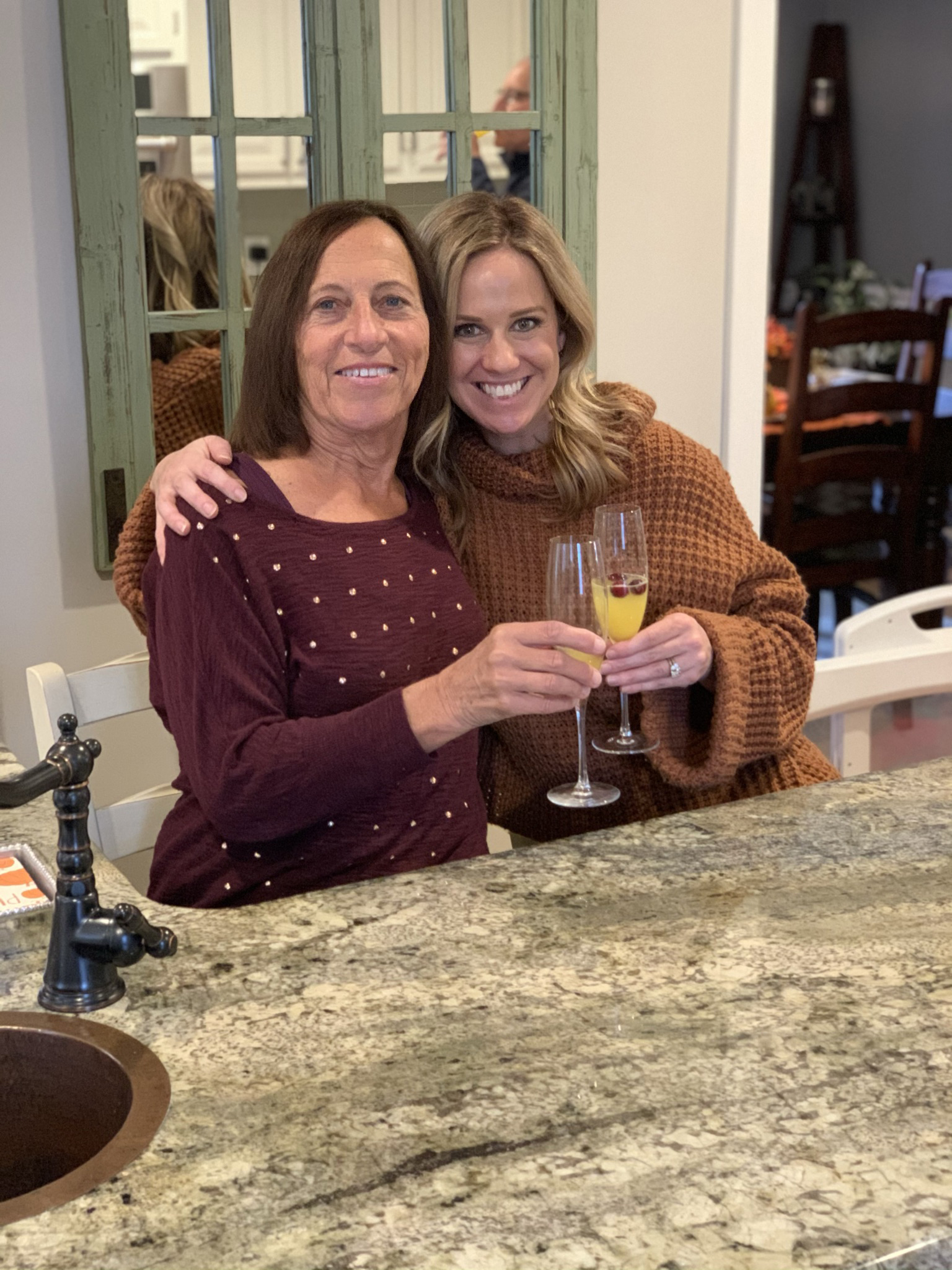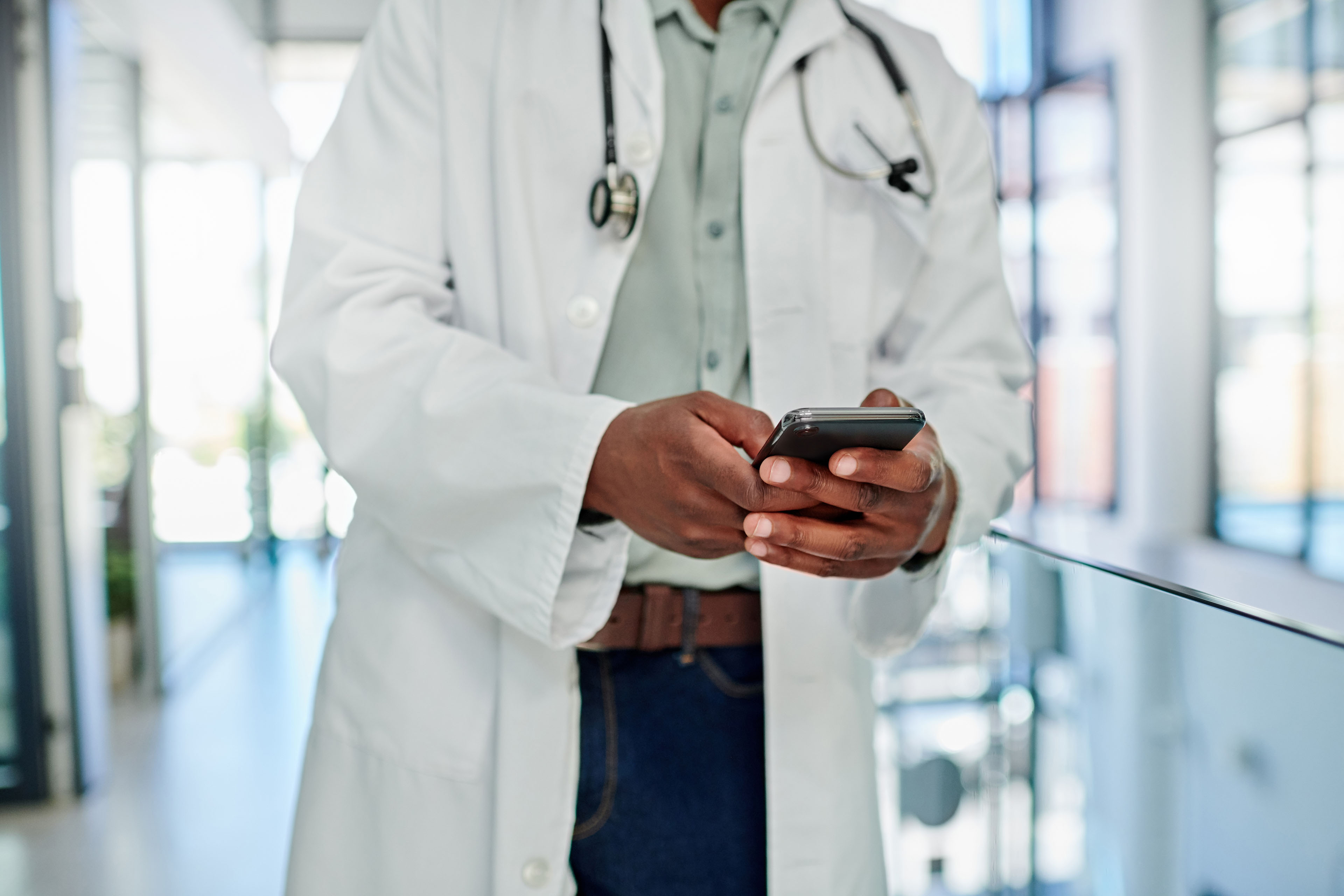Una mañana de enero de 2021, Carol Rosen recibió un tratamiento estándar para el cáncer de mama metastásico. Murió después de tres semanas de sufrimiento, con un dolor insoportable causado por la misma droga que debería haber ayudado a prolongar su vida.
Rosen, maestra jubilada de 70 años, pasó sus últimos días angustiada, sufriendo de diarrea intensa, náuseas y dolorosas llagas en la boca que le impedían comer, beber y, finalmente, hablar. La piel se le desprendía del cuerpo. Sus riñones y su hígado habían dejado de funcionar. “Tu cuerpo arde desde”, dijo la hija de Rosen, Lindsay Murray, de Andover, Massachusetts.
Rosen fue una de los más de 275,000 pacientes con cáncer en los Estados Unidos a quienes cada año se les administra fluorouracilo, también conocido como 5-FU, o que toman un medicamento casi idéntico en forma de pastilla llamado capecitabina, como ella lo hacía.
Estos tipos de quimioterapia comunes son difíciles de tolerar en general, pero para los pacientes que tienen deficiencia de una enzima que metaboliza la droga, puede ser una tortura o causar la muerte.
La toxicidad por fluorouracilo ocurre porque los medicamentos permanecen en el cuerpo durante horas en vez de ser metabolizados y excretados rápidamente.
Se estima que las drogas matan a 1 de cada 1,000 pacientes que las toman —cientos de personas cada año— y hacen que 1 de cada 50 pacientes se enfermen gravemente o deban ser internados. Los médicos pueden realizar pruebas para detectar la deficiencia y obtener resultados en una semana, y así determinar si cambiar de medicamento o reducir la dosis para los pacientes que tienen la variante genética asociada con el riesgo.
Sin embargo, una encuesta reciente encontró que sólo el 3% de los oncólogos piden las pruebas de forma habitual antes de administrar 5-FU o capecitabina a sus pacientes. Esto se debe a que las pautas de tratamiento del cáncer más aceptadas en el país, emitidas por la Red Nacional Integral del Cáncer, no recomiendan las pruebas de manera preventiva.
La Administración de Alimentos y Medicamentos (FDA) agregó nuevas advertencias sobre los riesgos letales del 5-FU a la etiqueta del medicamento el 21 de marzo pasado, después de consultas de KFF Health News sobre la política de la agencia con respecto a la droga. Sin embargo, no exigió que los médicos realicen la prueba antes de recetar tratamientos de quimioterapia.
La agencia, cuyo plan para reforzar la supervisión de las pruebas de laboratorio fue abordado en una audiencia en la Cámara de Representantes, también el 21 de marzo, dijo que no podía recomendar las pruebas de toxicidad del 5-FU porque nunca las había revisado.
Pero actualmente la FDA no revisa la mayoría de las pruebas de diagnóstico, dijo Daniel Hertz, profesor asociado de la Escuela de Farmacia de la Universidad de Michigan. Durante años, Hertz, junto con otros médicos y farmacéuticos, ha solicitado a la FDA que agregue la máxima advertencia (llamada “caja negra”) a la etiqueta del medicamento, para instar a los profesionales que lo recetan a realizar las pruebas para detectar la deficiencia de la enzima.
“La FDA tiene la responsabilidad de asegurar que los medicamentos se utilicen de forma segura y eficaz”, dijo. La falta de esta advertencia, afirmó, “es una abdicación de su responsabilidad”.
Las nuevas advertencias son “un pequeño paso adelante, pero no el cambio radical que necesitamos”, afirmó.
Europa lidera en seguridad
Las autoridades farmacéuticas británicas y de la Unión Europea recomiendan la prueba desde 2020. En Estados Unidos, un número pequeño pero creciente de hospitales, grupos profesionales y defensores de la salud, incluyendo la Sociedad Americana del Cáncer, también recomiendan las pruebas de forma rutinaria.
La mayoría de las aseguradoras estadounidenses, tanto públicas como privadas, cubren las pruebas, que Medicare reembolsa por $175, aunque pueden costar más dependiendo de cuántas variantes detectan.
En sus últimas directrices sobre el cáncer de colon, el panel de la Red Nacional Integral del Cáncer señaló que no todas las personas que portan la variante genética se enferman cuando toman el medicamento, y que recetar dosis más bajas para estos pacientes podría privarlos de curarse o de tener una remisión del cáncer. Muchos médicos del panel, incluyendo Wells Messersmith, oncólogo de la Universidad de Colorado, dijeron que nunca han registrado una muerte por 5-FU.

En los hospitales europeos, se empieza con la mitad o un cuarto de la dosis de 5-FU para los pacientes cuyas pruebas muestran que metabolizan la droga lentamente. Luego, se aumenta la dosis si el paciente responde bien al medicamento. Los defensores de este abordaje dicen que las autoridades estadounidenses de oncología están demorando el tratamiento innecesariamente, y perjudicando a las personas.
“Creo que se trata de una terquedad de parte de las personas que participan en estos paneles”, dijo Gabriel Brooks, oncólogo e investigador del Dartmouth Cancer Center. “Piensan: ‘Somos oncólogos, los medicamentos son nuestras herramientas, no queremos buscar razones para no usar nuestras herramientas’”.
Los oncólogos están acostumbrados a la toxicidad de la quimioterapia y tienden a tener una actitud de “sin dolor no hay recompensa”, dijo. El 5-FU se utiliza desde la década de 1950.
Por otro lado, “cualquiera que haya perdido un paciente de esta manera va a querer someter a todos a las pruebas”, dijo Robert Diasio, de la Clínica Mayo, quien ayudó a realizar importantes estudios sobre la deficiencia genética en 1988.
Muchos oncólogos utilizan las pruebas genéticas para determinar cuál de los costosos medicamentos disponibles usar para reducir el tamaño de un tumor. Pero no siempre sucede lo mismo con las pruebas genéticas destinadas a mejorar la seguridad de los medicamentos, dijo Mark Fleury, director de políticas de Cancer Action Network, una organización defensora sin fines de lucro de la Sociedad Americana del Cáncer.
En el caso de medicamentos nuevos, cuando se trata de pruebas para determinar si son apropiados para cada paciente, “hay muchas más fuerzas alineadas para que se realicen estas pruebas”, dijo Fleury. “Pero estas fuerzas y grupos interesados no están involucrados” con una droga genérica como el 5-FU, que fue aprobada por primera vez en 1962 y cuesta aproximadamente $17 por mes.
Carol Rosen fue una de más de 1,000 pacientes tratadas con fluoropirimidina en 2021.
Su hija estaba desconsolada y furiosa después de la muerte de Rosen. “Quería demandar al hospital. Quería demandar al oncólogo”, dijo Murray. “Pero me di cuenta que eso no era lo que mi mamá hubiera querido”.
Le escribió al director de control de calidad del Dana-Farber, Joe Jacobson, para instarlo a realizar las pruebas de forma rutinaria. Jacobson respondió el mismo día, y el hospital adoptó rápidamente un sistema de pruebas que ahora cubre a más del 90% de los pacientes que podrían ser tratados con fluoropirimidina. Se detectaron alrededor de 50 pacientes con variantes de riesgo en los primeros 10 meses, dijo Jacobson.
Dana-Farber utiliza una prueba de la Clínica Mayo que detecta ocho variantes potencialmente riesgosas del gen. Los hospitales de Veterans Affairs utilizan una prueba que detecta 11 variantes, mientras que la mayoría de los demás identifican sólo cuatro variantes.
Distintas pruebas para distintas ascendencias
Cuantas más variantes detecte una prueba, mejores son las posibilidades de encontrar variantes genéticas menos comunes en poblaciones étnicamente diversas. Por ejemplo, las deficiencias más peligrosas en personas de ascendencia africana y europea, respectivamente, son causadas por distintas variantes.
Hay pruebas que pueden identificar cientos de variantes que afectan el metabolismo de la droga, pero tardan más y son más caras.
Estas son tristes realidades para Scott Kapoor, un médico de urgencias que vive cerca de Toronto cuyo hermano, Anil Kapoor, murió en febrero de 2023 de toxicidad por 5-FU.
Anil Kapoor era un conocido urólogo y cirujano, investigador, médico y un amigo divertido: a su funeral fueron cientos de personas. Su muerte a los 58 años, unas pocas semanas después que le diagnosticaran cáncer de colon en estadio 4, sorprendió y enfureció a su familia.
El sistema de salud de Ontario, donde se trató Kapoor, recién había empezado a realizar pruebas para detectar cuatro variantes genéticas, identificadas por estudios desarrollados en poblaciones principalmente europeas. Anil Kapoor y sus hermanos, hijos de inmigrantes de la India nacidos en Canadá, son portadores de una variante genética que parece estar asociada con las personas de ascendencia del sur de Asia.
Scott Kapoor apoya pruebas más extensas para detectar la mutación, ya que sólo alrededor de la mitad de los habitantes de Toronto son de ascendencia europea, y sostiene que el antídoto contra la toxicidad por fluoropirimidina, aprobado por la FDA en 2015, debería estar fácilmente disponible.
Sin embargo, este antídoto sólo funciona por unos días después del consumo del fármaco, y los síntomas definitivos suelen tardar más tiempo en aparecer.
Lo más importante, dijo, es que los pacientes estén al tanto del riesgo. “Les dices: ‘Te voy a dar un medicamento que tiene una probabilidad de 1 entre 1,000 de matarte. Puedes hacerte esta prueba’. La mayoría de los pacientes dirán: ‘Quiero hacerme esa prueba y la pagaré’, o simplemente: ‘Reduzca la dosis a la mitad’”.
Murray percibe un impulso por las pruebas obligatorias. En 2022, la Universidad de Ciencias y Salud de Oregon pagó $1 millón para resolver una demanda tras una muerte por sobredosis.
“Lo que va a romper esa barrera son las demandas y las grandes instituciones como Dana-Farber que están implementando programas y viendo cómo tienen éxito”, dijo. “Creo que los proveedores se sentirán acorralados. Van a seguir escuchando a las familias y tendrán que hacer algo al respecto”.

